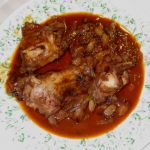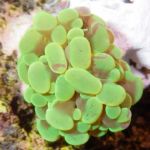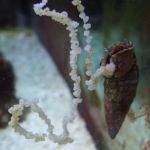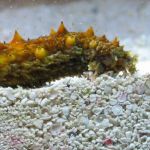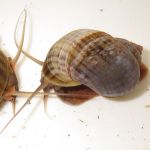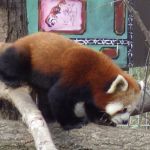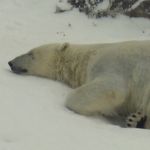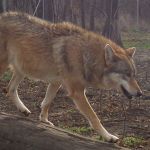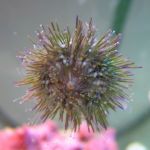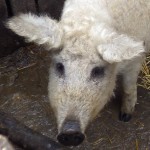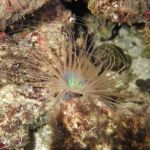Can I eat what I want or does someone else have the right to decide it for me? Can I be forced to accept someone else’s idea what to eat?
Continue Reading →
Veiled Chameleon
Chameleons are famous for their ability to change the color of their skin. In fact the word “chameleon” has become synonymous with something that changes easily to mimic its environment. Continue Reading →
Cooking Rabbit Stew
The majority of North Americans have a tendency to limit themselves to only a few kinds of meat but there is a large variety of animals that can be cooked and eaten. Continue Reading →
Giraffe
Giraffes are the tallest animals on land. All giraffes are the same species but there are several subspecies that differ in their coat pattern.
Continue Reading →
New Coral Frags
It was coral cutting workshop again at the Marine Aquarium Society of Toronto. Continue Reading →
Cerith Snail Spawning
Cerith snails eat both detritus and algae thus are greatly beneficial to your aquarium.
Continue Reading →
Sea Cucumber
There are very many different kinds of sea cucumbers, some are colorful and flamboyant, others have more mundane colors. This was my first sea cucumber when I get involved in the marine aquarium hobby. Continue Reading →
Kole Tang
This is my Yellow eye Kole tang that I have purchased to eat the abundant algae growth after my tank was ruined during the power blackout.
Continue Reading →
Apple Snails
Apple snails are often kept in fresh water aquariums. They do tend to chew up plants pretty bad, so they are not suitable for fish tanks with delicate plants. Apple snails also eat fish food scraps.
Continue Reading →
Red Panda
The red panda is a small mammal from China. Originally the name panda only meant the red panda, only later started people using it for the giant panda.
Continue Reading →
Giant Pandas in the Toronto Zoo
Giant pandas are endangered in the wild mainly because of habitat destruction in their native China. Zoos try to breed them in captivity with some success.
Continue Reading →
Polar Bear
Polar bears mainly live in a frozen environment on land close to the North Pole. They have completely adapted to the freezing cold environment. Continue Reading →
Naked Mole-rat
Naked mole-rats are unusual mammals since they form a colony that would be more befitting of ants, or bees or similar colony insects. Continue Reading →
Grey Wolf
Grey wolves are probably the most common predators on Earth, native to the Eurasian, African and American continents. The domesticated form of the grey wolf is the domestic dog, and wild dogs such as dingos descended from them. Since dogs tend to be present everywhere where humans are, the species pretty much lives everywhere habitable.
Continue Reading →
Sea Urchin
Sea urchin are voracious algae eaters. Unfortunately they also tend to try to rearrange the rockwork in your reef tank, and they grow big, and strong enough to cause some real damage.
Continue Reading →
Mangalitsa
The Mangalitsa — also spelled Mangalitza (UK), and Mangalica (Hungarian) — is a breed of Hungarian domestic pig that was originally produced by crossing the domestic pig with the local wild boar. Mangalitsas are interesting looking woolly pigs — somewhat similar to the English breeds.
Continue Reading →
Chinese New Year 2014
Happy new year in the Year of the Horse.
新年快樂
Red-winged Parrot
Red winged parrots originally come from Australia. People occasionally keep them as pets but they are nowhere near as popular as budgies.
Continue Reading →
Cerianthus Tube Anemone
Cerianthus tube anemones are not photosynthetic. In fact they are not really anemones either but cousins of the true anemones.
Continue Reading →
White Lions
White lions are just a color variation, not a separate species. They really are otherwise completely normal lions — only their fur is white, they are not albinos.
Continue Reading →




